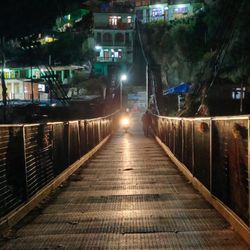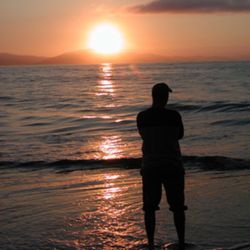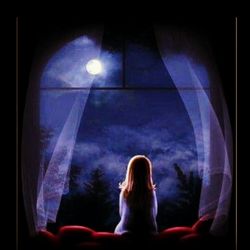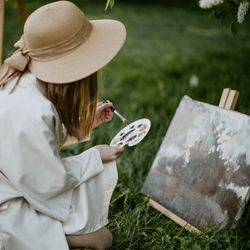

Hello Everyone ! Today I am going to share some information about some traditional music instruments. So let's start
The Balalaika, a stringed musical instrument of the lute family, was developed in the eighteenth century in Russia and Central Asia. It is made in six sizes, from piccolo to double bass, and has a flat back and a triangular belly that tapers to the neck. The instrument was usually used in folk music but was also employed in large balalaika orchestras in the twentieth century.
The entrance is a rhythmic folk instrument with a stretched single string, a spherical resonator with an animal skin, and a split bamboo cane as a neck. The name literally means ‘one-stringed’. This instrument is used mainly in India, Pakistan, and Bangladesh. This instrument is also known as a gopichand.
The Erhu is a bowed, two stringed Chinese vertical fiddle. The strings of the erhu are stretched over a wooden drum like resonator covered by a snakeskin membrane. In performance, the erhu is held upright on the performer's thigh and bowing is done horizontally. The erhu is played both as a solo instrument and in an orchestral setting.
The Gusla, also known as the gusle, is a bowed, stringed musical instrument used mostly in southern Europe. It has a round wooden back, a skin belly, and usually one horsehair string at the top of the neck. It is played in a vertical position, with a deeply curved bow. It has no fingerboard and the string is stopped by the sideways pressure of the player's fingers. It is traditionally used by epic singers of the region.
The Aeolian harp is type of wooden sound box on which sounds are produced by the movement of wind over its string. The string can be made of different materials OR thickness
The Aeolian harp was very popular in Germany and England during the late eighteenth and nineteenth centuries.
The glass harmonica OR armonica is a musical instrument consisting of a set of graduated, tuned glass bowls it is played with the help of the friction produced by rubbing of moistened fingers on the glass bowls' rims. It was invented by American printer, author, and inventor Benjamin Franklin.
He called this instrument armoni, based on the Italian word armonia, which means ‘harmony.’
Have you heard about, singing sand? Sand dunes in deserts can create loud, resonant notes that can be heard up to six miles and last up to 15 minutes. How the sound is created is still uncertain. However, some studies suggests that, during an avalanche, sand grains collide with each other and move together down the dune, making a stream of millions of ‘little sounds’.
Thanks for reading 😊






























